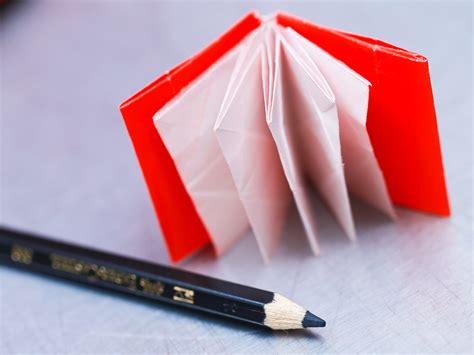How to Make a Booklet: A Step-by-Step Guide for Beginners
Creating your own booklet can be a rewarding experience, whether you're designing a professional-looking marketing piece, a personal photo album, or a zine showcasing your creative work. This guide will walk you through the process, from initial design to final printing (or digital distribution!).
Choosing Your Booklet Type and Size
Before you even think about design, consider the purpose and content of your booklet. This will dictate the best format:
- Tri-fold Brochure: Ideal for concise information, like event details or product summaries.
- Bi-fold Brochure: Similar to a tri-fold, but with only two folds.
- Multiple-page Booklet (Saddle Stitch, Perfect Bound, etc.): For longer content, these offer more space and a more professional feel. We'll cover binding options later.
Next, decide on your booklet's dimensions. Standard sizes are generally easy to print, but custom sizes offer more creative freedom. Consider your intended audience and the overall aesthetic you're aiming for.
Designing Your Booklet Layout
Effective design is key to a successful booklet. Here's what to consider:
Software Options:
Several software options cater to booklet creation:
- Microsoft Word: Simple for basic booklets; offers limited design control.
- Adobe InDesign: Powerful and professional; ideal for complex layouts and high-quality printing.
- Canva: User-friendly, with templates and drag-and-drop functionality; great for beginners.
Regardless of your choice, ensure your software allows for bleed (extra space beyond the trim line for accurate printing) and the creation of facing pages (pages that sit side-by-side when the booklet is open).
Content and Organization:
- Structure Your Content: Organize your content logically, using headings, subheadings, and bullet points to improve readability.
- Visual Hierarchy: Use visual cues (font sizes, bold text, images) to guide the reader's eye through your content.
- High-Quality Images: Invest in high-resolution images that are clear and relevant to your text.
- Consistent Branding: Maintain a consistent brand identity throughout, including fonts, colors, and logo placement.
Preparing Your Booklet for Printing (or Digital Distribution)
Once your design is finalized, prepare your files for printing or digital distribution:
- Bleed: Add bleed to your document, typically ⅛ inch (3mm) around the edges. This ensures that no white space appears after trimming.
- Resolution: Ensure images are high-resolution (at least 300 DPI).
- File Format: Save your files in PDF format for optimal printing results.
- Color Mode: Choose CMYK for print and RGB for digital.
Binding Options:
The binding method depends on your booklet's length and desired aesthetic:
- Saddle Stitch Binding: Staples are used to bind the folded pages; suitable for shorter booklets.
- Perfect Binding: The edges are glued together; suitable for longer booklets with a more professional look.
- Wire-O Binding: Metal or plastic combs hold the pages together; offers the ability to lay flat.
Printing Your Booklet
You can print your booklet at home (for short runs) or use a professional printing service for higher-quality results and larger quantities. Professional printers offer various paper options and finishing touches like lamination.
Digital Distribution:
For digital distribution, save your booklet as a high-resolution PDF and share it online via email, websites, or cloud storage services.
By following these steps, you can confidently create a high-quality booklet that effectively communicates your message. Remember to proofread carefully before printing or distribution to catch any errors!
